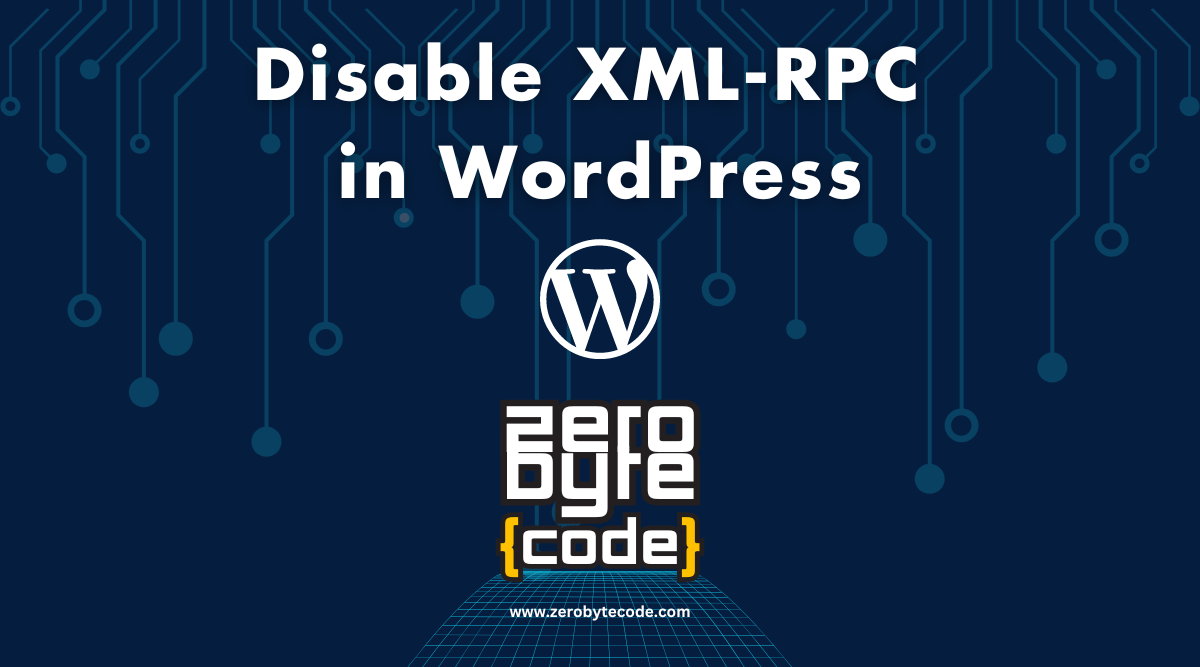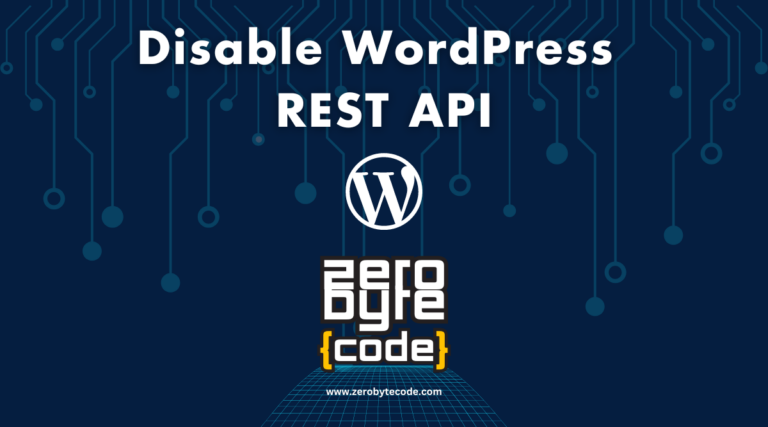How to Disable XML-RPC in WordPress
XML-RPC is a remote procedure call (RPC) protocol that uses XML to encode its calls and HTTP as a transport mechanism.
How to Disable XML-RPC and Why?
Initially, XML-RPC was a way to enable communication between WordPress and other systems, such as connecting to mobile devices or other blogging systems. However, disabling XML-RPC can be beneficial for several reasons.
Why Disable XML-RPC?
XML-RPC can be a security concern for WordPress sites. It has been used as a vector for brute force attacks and DDoS (Distributed Denial of Service) attacks due to its powerful nature, which allows for multiple commands in a single request. Here are a few reasons to consider disabling it:
- Security: Disabling XML-RPC can help protect your site against brute-force attacks.
- Performance: Blocking XML-RPC can reduce CPU load on your server, especially if it’s being targeted by malicious requests.
- Simplicity: If you don’t use any applications or services that require XML-RPC, disabling it simplifies your WordPress setup.
How to Disable XML-RPC
You have two main methods to disable XML-RPC on your WordPress site: through a plugin or by adding custom code either in your theme’s functions.php file or using a site-specific plugin for custom code snippets.
Method 1: Using a Plugin
Using a security plugin that includes the ability to disable XML-RPC is an easy and effective way to manage this setting. Plugins like “Wordfence Security” or “iThemes Security” provide an option to disable XML-RPC along with many other security features.
Steps to use a plugin:
- Go to Plugins > Add New in your WordPress admin dashboard.
- Search for a security plugin like “Wordfence Security” or “iThemes Security”.
- Install and activate the plugin.
- Navigate to the plugin’s settings page and find the option to disable XML-RPC.
Method 2: Adding Custom Code
For those who prefer not to use a plugin or need a lighter solution, custom code can be added directly to your site. You can use either your theme’s functions.php file or a site-specific plugin for a more modular approach.
Option 1: Using the Theme’s functions.php File
Add the following snippet to your theme’s functions.php file to disable XML-RPC:
add_filter('xmlrpc_enabled', '__return_false');
Option 2: Using a Site-Specific Plugin for Custom Code Snippets
If you prefer not to edit your theme files directly (which is a safer practice to prevent losing changes on theme updates), you can use a plugin like “Code Snippets” to manage custom code.
Steps to use a code snippet plugin:
- Install the “Code Snippets” plugin from the WordPress plugin repository.
- Activate the plugin and go to Snippets > Add New.
- Paste the same code snippet provided above into the new snippet content area.
- Add a title for your snippet, such as “Disable XML-RPC”, and save and activate the snippet.
Final Considerations for Disabling XML-RPC in WordPress
Disabling XML-RPC on your WordPress site can significantly enhance its security and performance if you do not require XML-RPC functionality.
Whether you choose a plugin or a custom code approach, the key is ensuring your site remains secure and functions effectively without unnecessary features.







